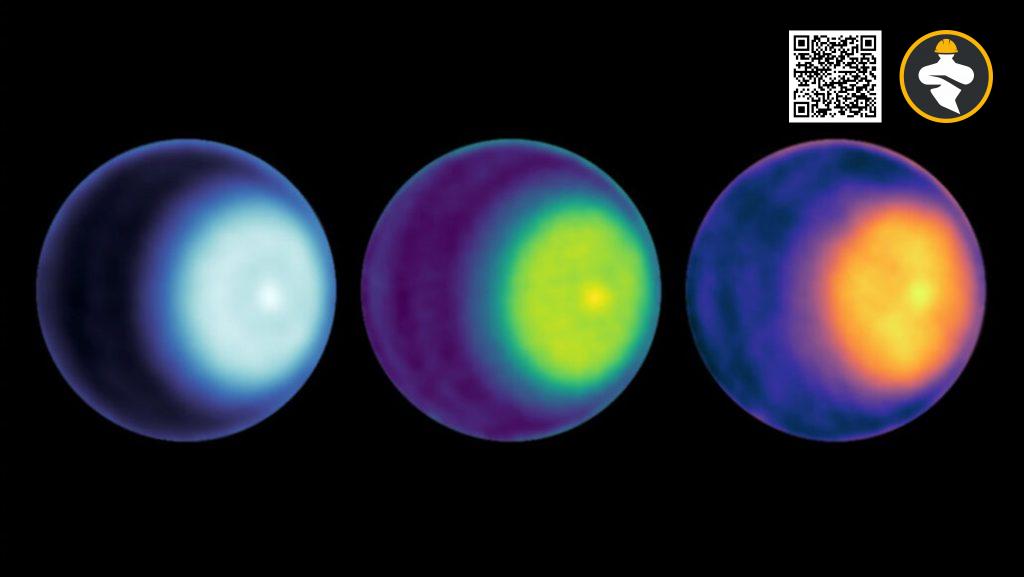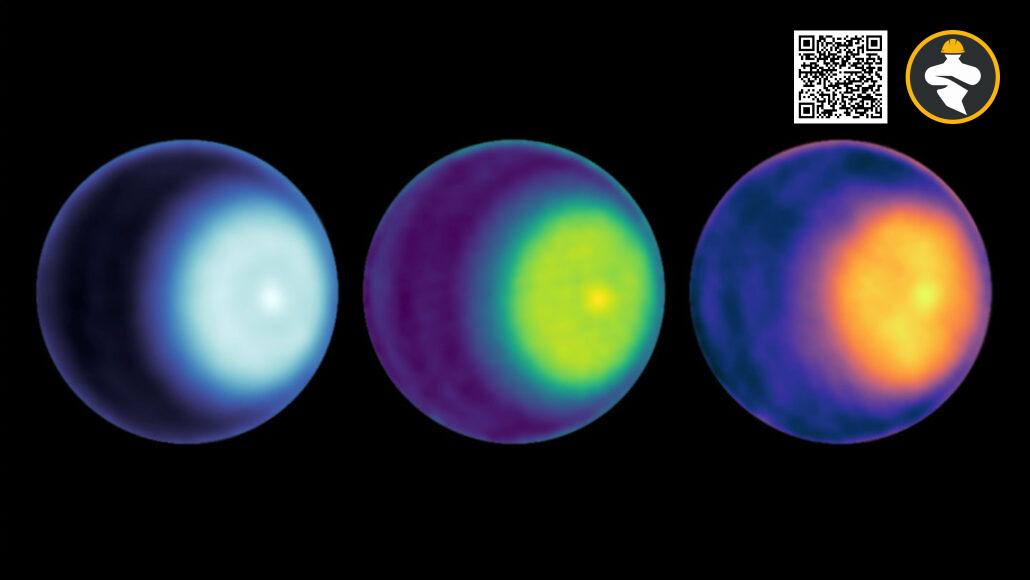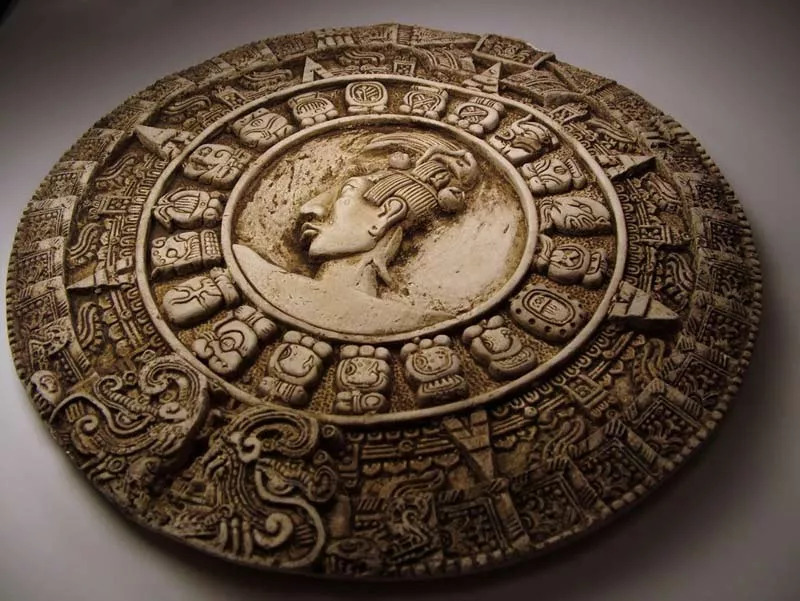The discovery of the polar cyclone at Uranus’s north pole was a significant breakthrough for astronomers studying the planet. Uranus is an ice-giant planet with a unique atmosphere, and its polar regions are particularly intriguing due to its highly dynamic and extreme weather conditions. The discovery of the cyclone provides a rare and exciting opportunity for scientists to study the planet’s climate and atmospheric behaviour.

The research team used the Very Large Array radio observatory in New Mexico to probe the temperature under the clouds for more atmospheric clues. The observations showed a structure that had never been seen before, which is rather unique. The swirling wind pattern and low-pressure region resemble what we see in hurricanes on Earth, providing a fascinating comparison of weather patterns between two vastly different planets. Previous observations of Uranus’s south pole in 1986 by NASA’s Voyager 2 spacecraft hinted at a similar storm, but the instruments weren’t sensitive enough to confirm the storm’s existence. In recent years, as the north pole of Uranus turned more towards Earth, scientists were able to observe the other side of the ice giant, where they spotted similar hints of a swirling storm.
The current study’s findings confirm the previous observations, providing the first direct evidence of a cyclone on the planet. As the cyclone continues to strengthen, researchers can monitor its changes to better understand the planet’s atmospheric circulation. A continued increase in the strength of the storm would suggest that there is much more to learn about how Uranus’s atmosphere works. This knowledge could be used to focus their planning for a future mission to Uranus.
In conclusion, discovering the cyclone on Uranus is a significant step forward in our understanding of the planet’s climate and atmosphere. This discovery will fuel further research and exploration to reveal more about this mysterious ice giant.
Reference: Allison Gasparini@Sciencenews.org











